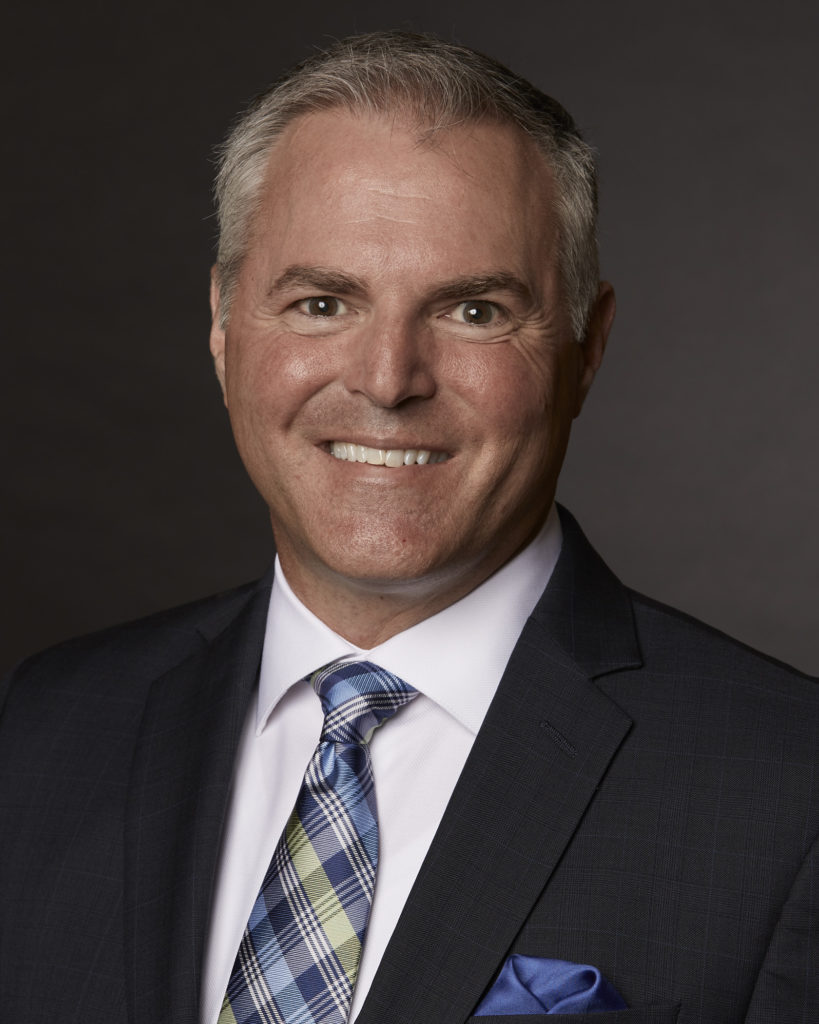
Nursing Home and Assisted Living leaders from across the country joined hand in hand with other stakeholders recently at the American Health Care Association / National Center for Assisted Living’s Congressional Briefing gathering. Together, we “knocked on the doors” of our respective Congressional representatives with requests for their support.
While we acknowledged and agreed with the need to further regulate quality and change skilled nursing’s payment structure to properly address the growing resident acuity, we urged legislators to let skilled nursing operators settle in before implementing any more change, and also to aggressively address our labor shortage as they deliberate on topics such as immigration and professional development grants.
As we met with leaders on the Hill, we tried to tell the story of care within our industry and the unavoidable financial circumstances that additional legislation would have upon the quality of care providers deliver. We also wanted to stress how our sector should be part of the solution for the future of what healthcare will look like.
Supporting initiatives to recruit and train staff
The major trend that will affect all of healthcare in the coming years is the continued impact of the baby boomer generation. Over the next 11 years, three million boomers annually will reach Medicare eligibility, which equates to roughly 10,000 per day. It is estimated that healthcare will require an additional 5.6 million workers over the next five years just to keep pace with demand.
We wanted to leave the representatives the message that recruitment and retention are some of the most pressing challenges confronting long-term care providers today. We urged Congress to support innovative programs that will help recruit, retain and attract workers with a series of bills and programs that will ensure our nation can support the future workforce needs of the long-term care profession. Here is an example of two issues we discussed that are affecting staffing initiatives:
- Preparing for PDPM: Although the Centers for Medicare & Medicaid Services has said this should be a revenue-neutral change, most industry professionals are very cautious due to the fact they will need to strengthen their need for skilled patient assessment and clinical leaders. These leaders will be the backbone of every post-acute care provider and will need strong clinical and technical skills.
- Executing the QAPI Plan: CMS has stated that building and executing a QAPI plan will take over 70 hours of nursing time. Providing staff competency training and execution will take another 50-plus hours. They estimate that the cost of this new compliance program requirement will be about $10,000 per facility annually.
Alleviating financial stress
If we do not have enough direct care workers to fulfill the resident care demand, it will continue to stress the healthcare reimbursement system, forcing payers to stretch limited dollars. We stressed to Congress that heightened regulatory requirements, falling reimbursement and low census are putting tremendous financial stress on providers, resulting in dangerously thin margins for our country’s nursing home operators.
Many SNFs operate on a less than a 1% profit margin. With more than 440 rural nursing homes closing over the last decade, we are seeing closure due to bankruptcies rapidly increasing, resulting in thousands of residents relocating, often to locations that are farther away from their local loved ones.
We also stressed the uncertainty in the marketplace due to the many unknowns and potential unintended consequences with the major changes coming in the way SNFs get paid for Medicare with Patient-Driven Payment Model (PDMP), starting October 1. Many long-term care organizations and post-acute providers feel overwhelmed, unprepared, and anxious about the transition date.
All of these “talking points” helped tell a story of the importance of Congress to build a financial stable long-term care system for the baby boomers.
It also told the story of the great work our caregivers are doing every single day improving nearly every quality care metric that CMS measures.
Shawn Scott is Vice President of Strategic Business Development at Medline.



